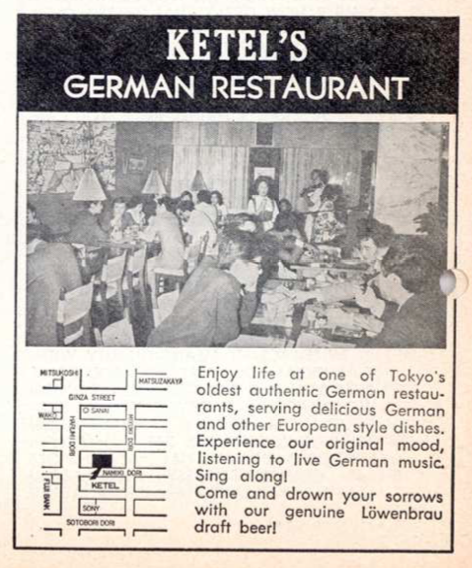
An extract from the Definitive Story of You Only Live Twice
1962
For a nightcap Richard Hughes aka Dickie Henderson, took Ian Fleming to one of his old haunts, Ketel’s in Ginza, Tokyo, a bierkeller and haunt of Nazi spies in the Second World War. At that time, the front entrance was shaped like a giant Bavarian beer barrel and the Nazis would drink steins of Japanese beer with their arms hugging the waspish waists of bar-girls. A piano had been draped with a large swastika flag, and photographs of Hitler adorned that walls.
It was here that the German-national but communist spy Richard Sorge garnered secrets from drunken Nazis. (His father was a German engineer but his mother was Russian, and Sorge was born in Baku. However in 1914 he joined the German army.)
Hughes had a soft spot for Sorge, who was hanged in Tokyo’s Sugamo prison on 7 November 1944 – after which his body was buried in Tama cemetery. Sorge worked for the Moscow government but having been captured by the Japanese, he was let down by Stalin who refused to do a deal with the Japanese for Sorge’s release. (However in the same year that Fleming and Hughes were drinking in Ketels, the Russians made Sorge a Hero of the Soviet Union; his portrait appeared on a four kopeck stamp and a Moscow street was named after him.)
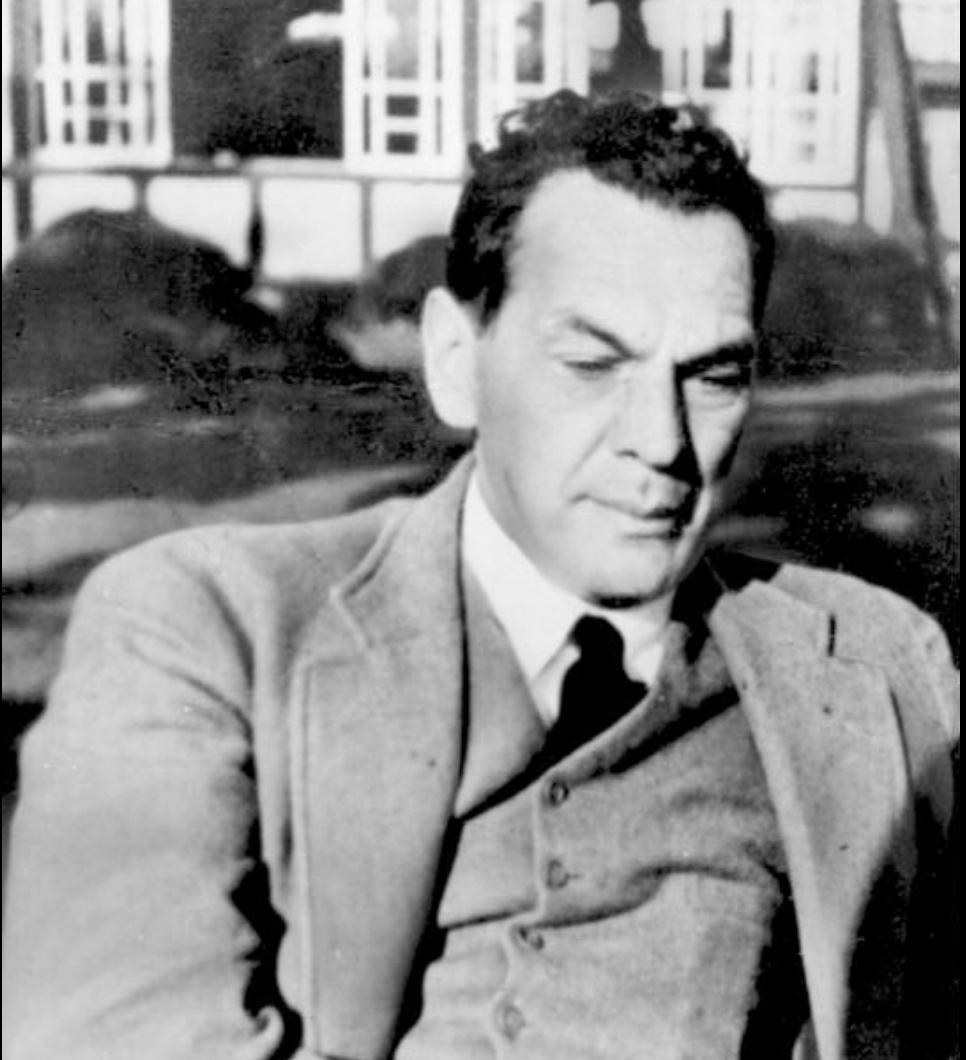
Hughes told Fleming that he had met and drank with the spy several times in the early 1940s – including a time when he stepped in and saved Sorge from a punch-up in Ketel’s. Hughes also ate with him in nearby Lohmeyers, where the anti-Nazi Germans would hang out and where they would eat roast pig trotters and wurst. In fact Lohmeyers was older than Ketels as it was founded in 1921, and up until recently could still be found in Ginza at Nihonbashi but it has now permanently closed.
In fact when Fleming was in Tokyo, seven establishments served German food, accompanied by hearty accordion music to create an atmosphere of Gemutlichkeit – good-fellowship. All but one of these has now gone. This is the Ginza Lion, another Sorge hang-out.
Fleming was to describe Sorge as ‘the man whom I regard as the most formidable spy in history’
What was not talked about was another spy, the Swiss journalist Lily Abegg, who was a friend of Sorge, drank in Ketel’s and was at Geneva University albeit a few years earlier than Fleming. Her fascinating story can be read here: Lily Abegg.
One of the Nazi who drank there was the Butcher of Warsaw, the head of the Gestapo in Japan and China, one Josef Meisinger. He too socialised with Sorge. His story can be found here.
When Hughes worked in Tokyo during the early 1940s, Helmuth Ketel was still alive and Hughes described him as having a red corrugated face framed by white tangled hair and looked like a poor man’s Beethoven. When Ketel was asked about his association with Sorge, he replied ‘What would I know of espionage? I am just a poor pork butcher.’
How had Ketel come to be in Japan?
Helmuth (or Hemult) ‘Papa’ Friedrich Carl Ernst Ketel was born on 25 April 1893 in Wedel. He volunteered for the German Navy and was sent in 1914 to Tsingtao, China. Here he was captured by Japanese forces, transferred to Japan and sent to the Narashino camp. In December 1919 he was released but decided not to return to his homeland. He married a Japanese girl and in 1927 he opened Bar Rheingold and three years later, a restaurant called Ketel’s. Later the two establishments became one.

(Returning briefly to Richard Sorge: it is said that he met his Japanese wife Hanako Miyake in Rheingold where she worked as a waitress dressed in a Bavarian dirndles and pinafore.)
However when Fleming visited, Ketel’s was no longer quite such a sinister place, Helmuth had died in 1961 and his grandson Helmut had taken over the restaurant and transformed the drinking den into a civilised restaurant serving typical German fare – wiener schnitzel, sausages and the such like – and with piped music by the likes of Elvis Presley and Pat Boone. Helmut said in an interview, ‘My grandfather told me he opted to live in Japan because he liked it here, including life at the Narashino camp. I remember his colleagues (former POWs) often gathered at the restaurant when I was a little boy.’
Fleming disliked the background music, and he asked for it to be turned off while they ate pork knuckle with sauerkraut.
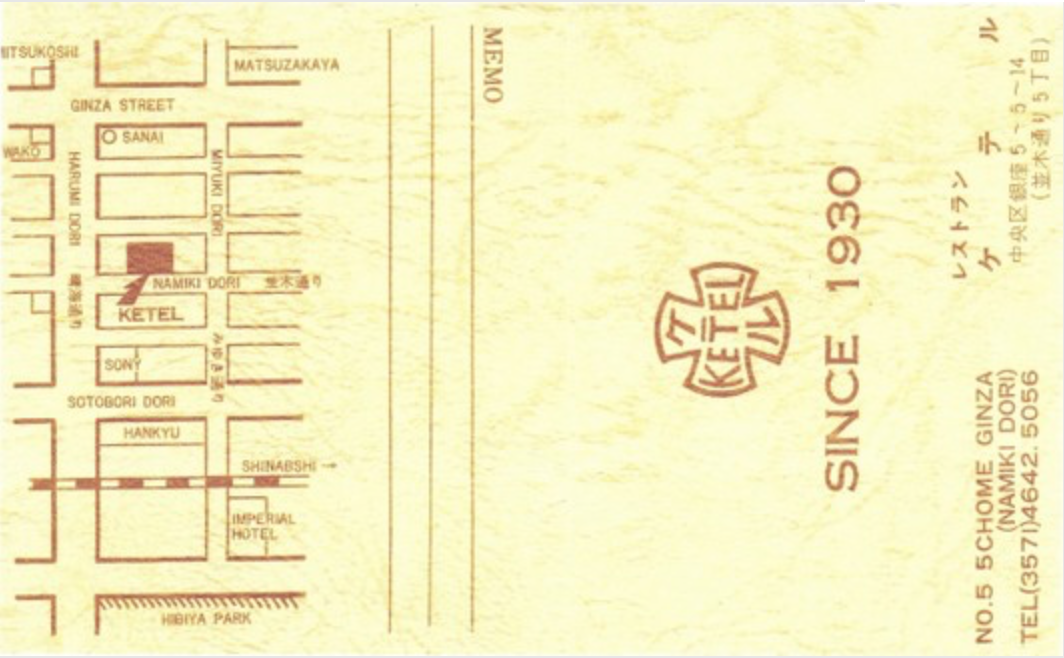
Hughes later wrote that unbeknown to him this was their last evening together, and he was not to see Fleming again.
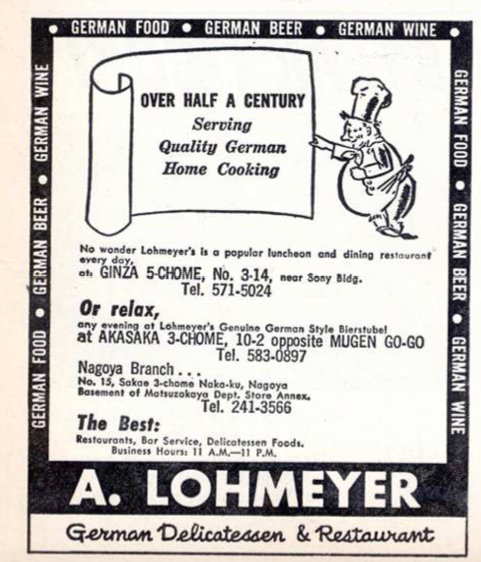
To read more, The Definitive Story of You Only Live Twice is available on all Amazon stores.
An Impeccable Spy: Richard Sorge, Stalin’s Master Agent. The latest and very good book on Richard Sorge.
@japanauthor on Twitter for updates to this site.
#IanFleming #RichardSorge #JamesBond #Tokyo #Ginza


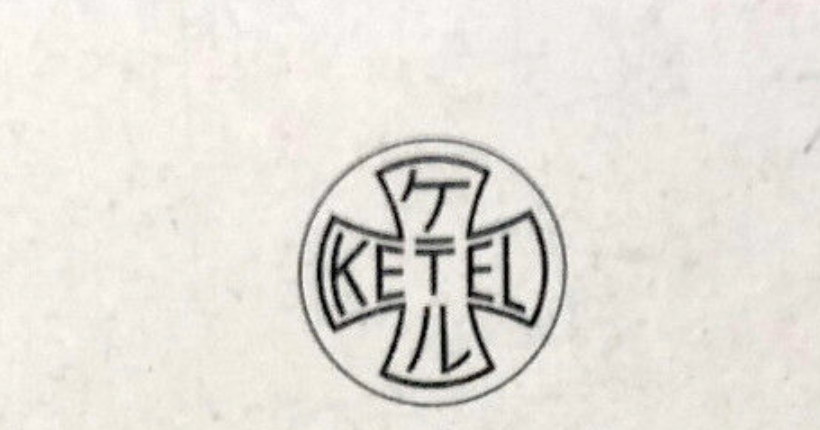
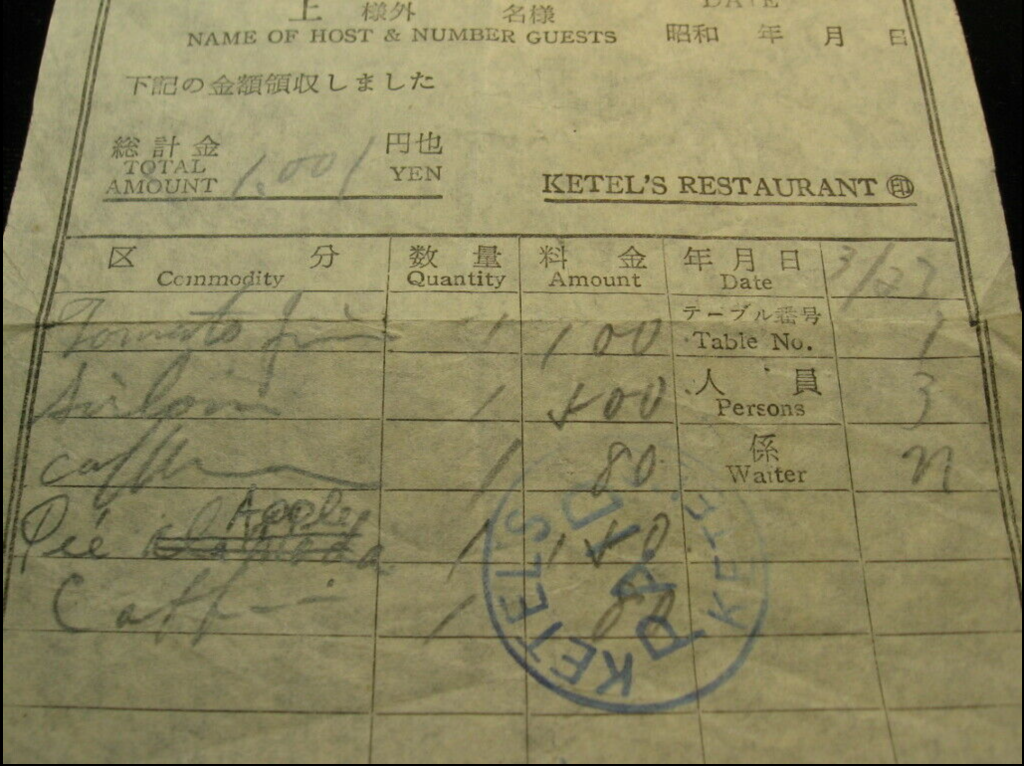
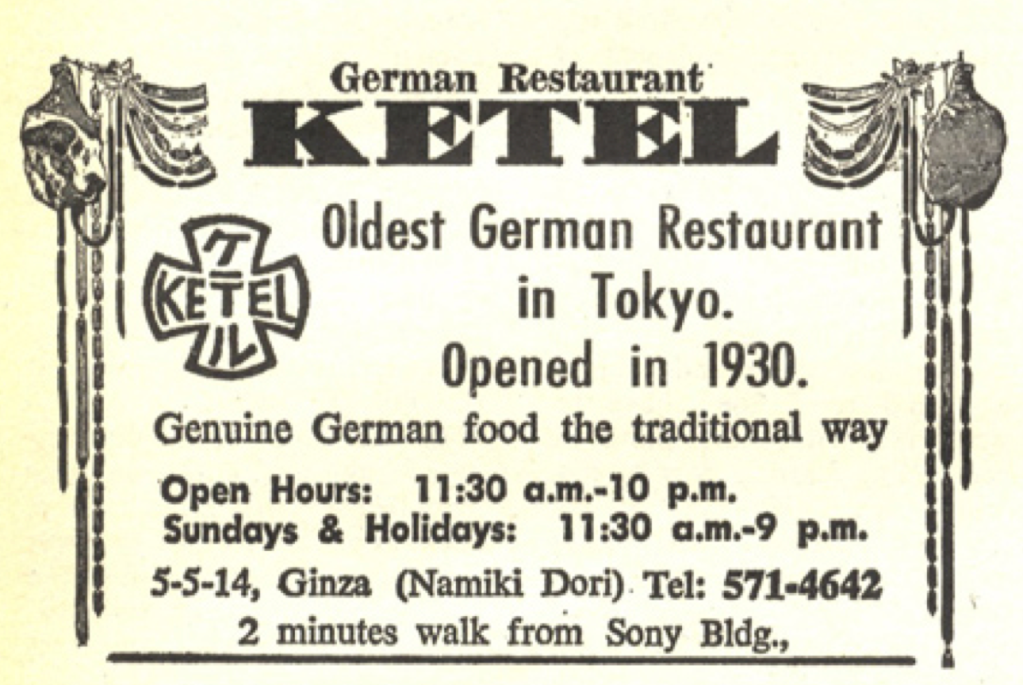
You must be logged in to post a comment.